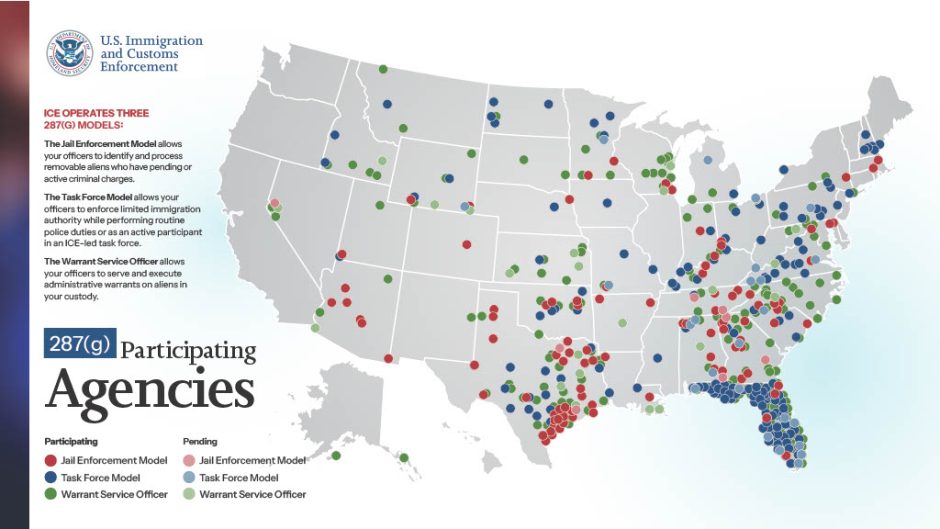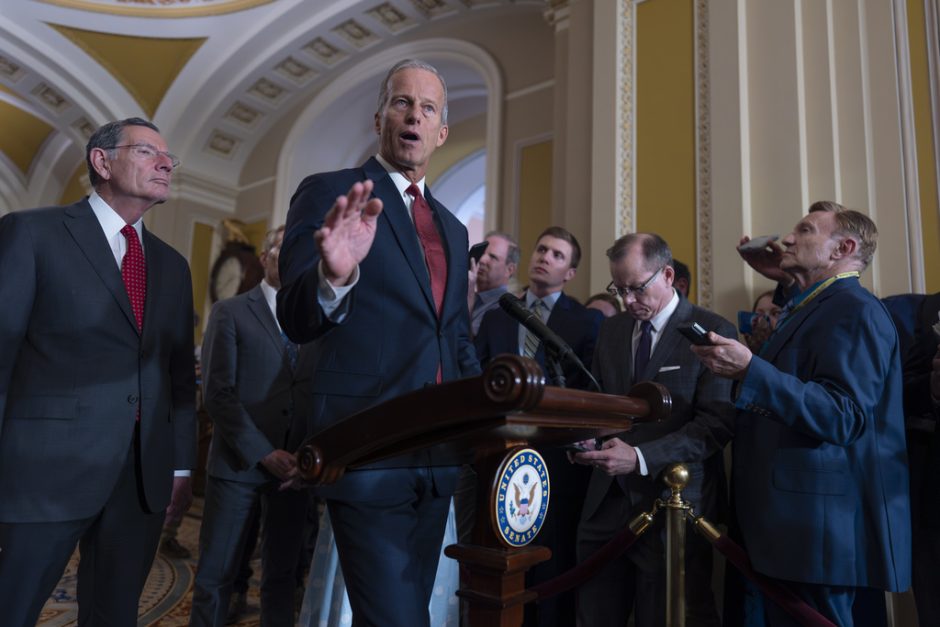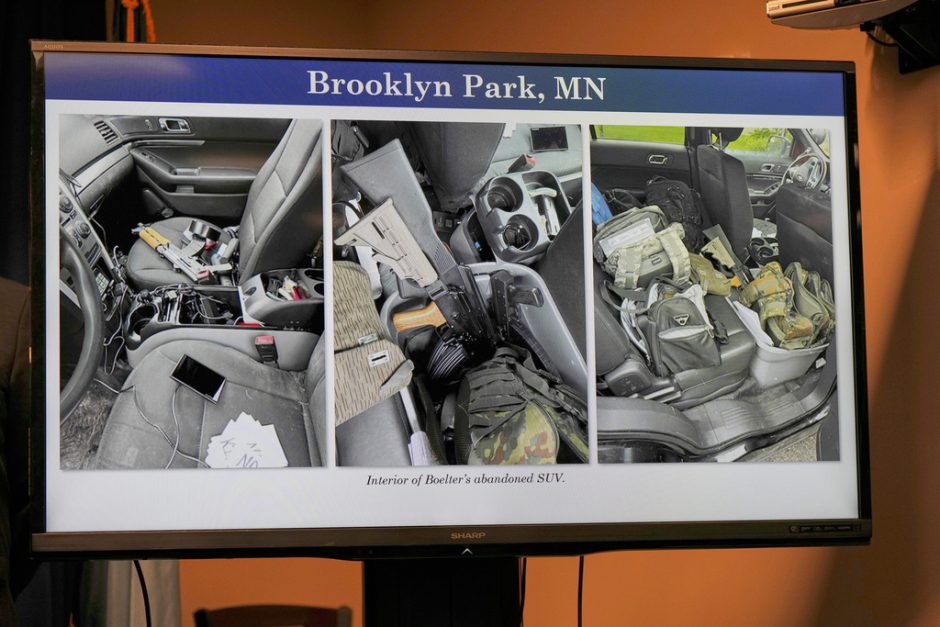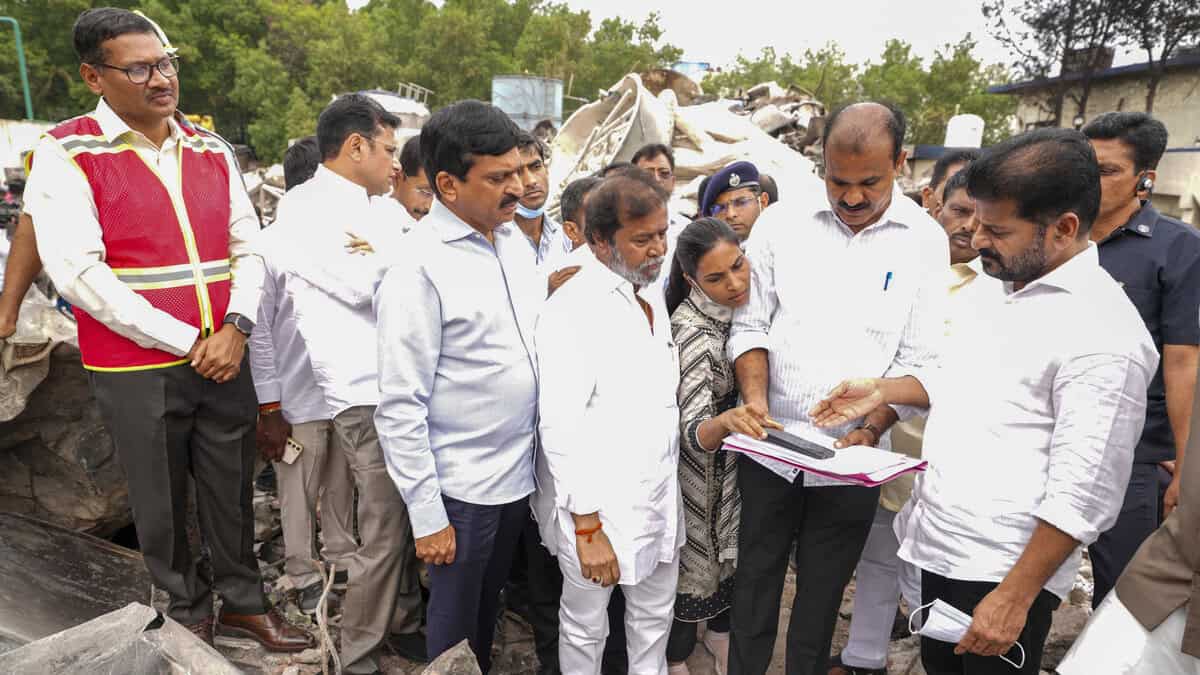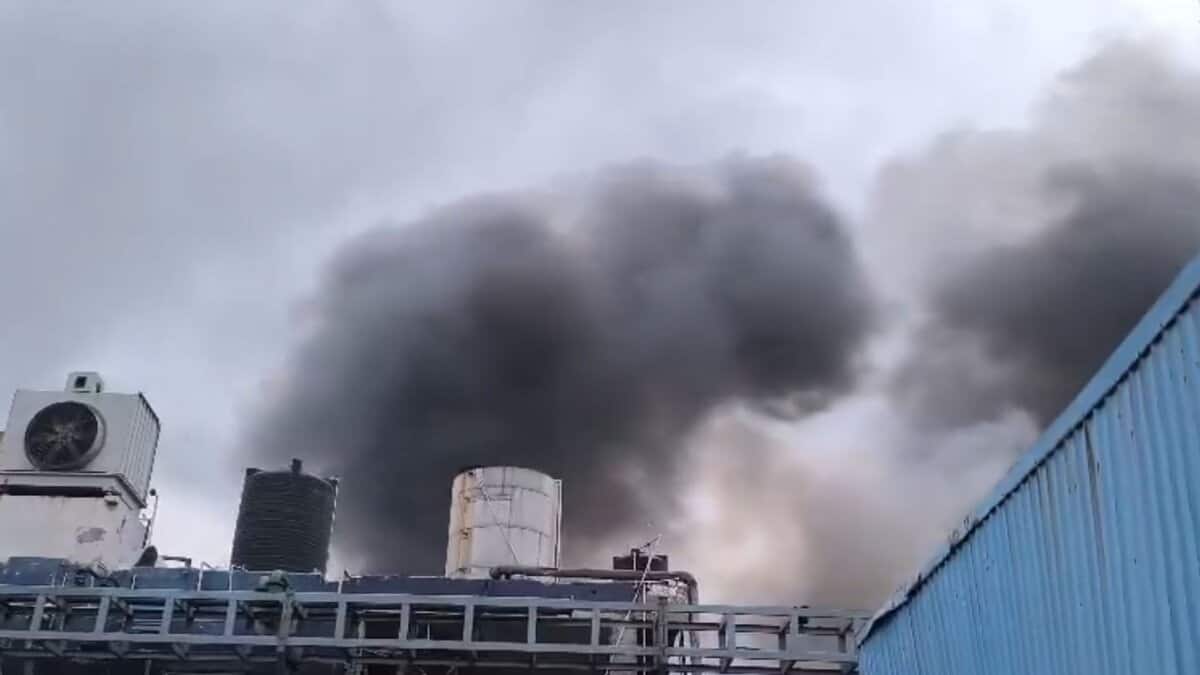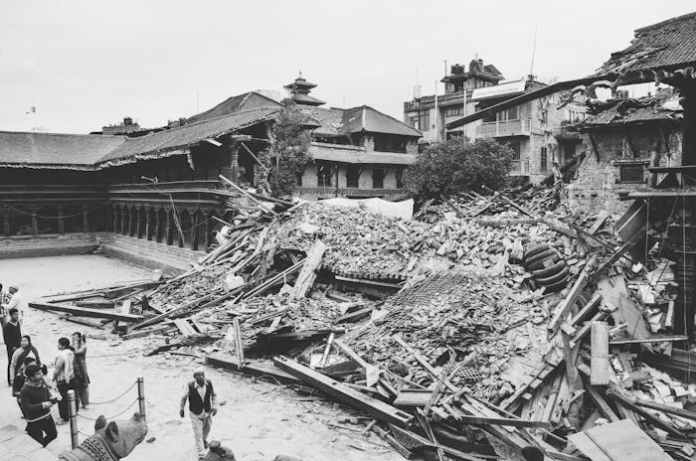


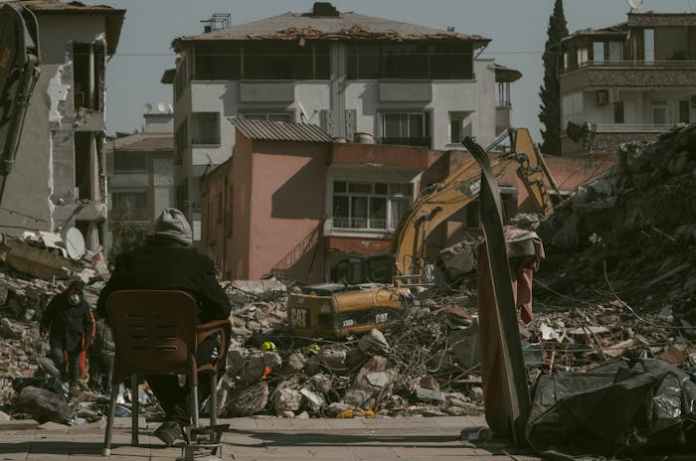
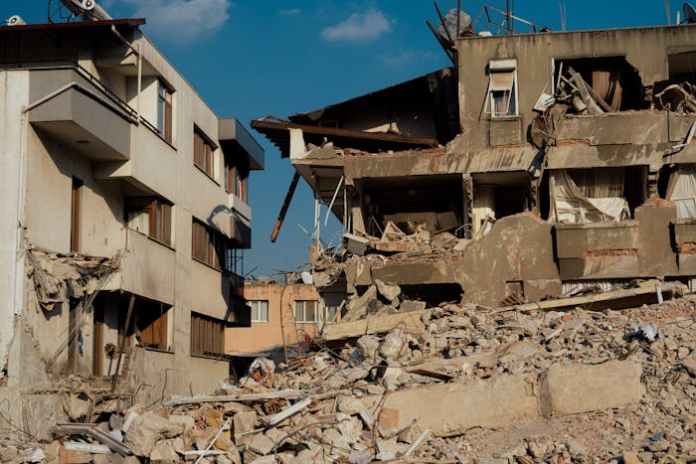
In the last two weeks, over 900 earthquakes have struck Japan, shaking a remote chain of islands in the country’s southern region. This escalating seismic crisis has left residents fearful of stepping outside, choosing instead to remain indoors. The constant tremors have created a deep sense of anxiety, with people living in a perpetual state of fear—unable to think peacefully, constantly worrying about what disaster might strike next.
The Japan Meteorological Agency (JMA) has acknowledged that it cannot predict when the quakes will end. So far, no major structural damage has been reported, but the psychological toll has been immense. Questions are being raised: Why is there such uncertainty in forecasting these earthquakes? Why has July 5 been identified as a ‘danger day’ for Japan? And what exactly is causing this frequent seismic disturbance?
A magnitude 5.5 earthquake was registered on Wednesday, July 2, around 3:30 p.m., in the island chain located to the south of the main Japanese island of Kyushu. This event prompted the convening of an emergency press conference. Ayataka Ebita, director of the agency’s Earthquake and Tsunami Observation Division, stated, “Seismic activity has been very active in the seas around the Tokara island chain since June 21. As of 4 p.m. today, the number has exceeded 900,” he told reporters. Ebita also warned that residents should prepare to take shelter or evacuate, given the possibility of even stronger quakes ahead. Japan has long been a hotbed of seismic activity due to its location along the Pacific Ring of Fire.
What Is Seismic activity?

Seismic activity refers to the frequency, type, and magnitude of earthquakes occurring in a specific region over time. It is caused by the movement of tectonic plates beneath the Earth’s surface. When these plates grind, collide, or shift, they release energy in the form of earthquakes, tremors, and seismic waves.
In Japan, tremors are measured on the country’s 7-point seismic intensity scale. Level 7 represents the strongest possible shaking, while even a lower level of 5 is enough to cause significant concern and force residents to brace themselves. It remains difficult to predict when this chain of tremors will stop. The JMA has advised residents to remain alert and be ready to shelter or evacuate immediately in case stronger quakes occur.
The Megaquake advisory by Japan meteorological agency
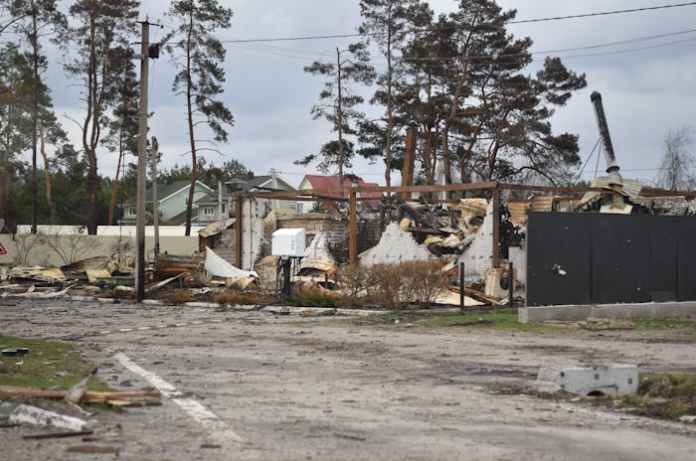
Following the catastrophic 2011 Great East Japan Earthquake, which resulted in the deaths of approximately 18,500 people, the JMA introduced new protocols and forecasting frameworks. It warned that any future major earthquake would likely result in severe ground shaking and large tsunamis.
The agency’s current advisory highlights an unusually high level of seismic activity, but clarifies that this alone does not confirm that a massive earthquake will occur in a defined time frame. The primary area of concern is the Nankai Trough, a subduction zone where two tectonic plates converge in the Pacific Ocean—an area that has historically been the source of Japan’s most destructive earthquakes.
The Nankai Trough stretches for 800 kilometers, from Shizuoka Prefecture, west of Tokyo, down to the southern tip of Kyushu Island. The region has seen repeated seismic catastrophes over the centuries. In 1707, all segments of the trough ruptured simultaneously, producing an earthquake that remains the second most powerful in Japan’s recorded history. That event also triggered the last eruption of Mount Fuji. Subsequent megathrust quakes occurred in 1854, and again in 1944 and 1946.
Tokara village: the tipping point of anxiety
The Tokara region has experienced clusters of earthquakes in the past, but the frequency of recent tremors has been unusually high, according to local media outlets.
Japan, located on the Pacific Ring of Fire, is one of the most seismically active nations on Earth. Each year, it experiences roughly 1,500 earthquakes, ranging from minor tremors to major quakes. The Tokara Islands are particularly vulnerable due to their isolated location and limited infrastructure. Around 700 people live on seven of the 12 Tokara islands. Several of these islands lack hospitals, and the nearest medical facility is at least a six-hour ferry ride away in Kagoshima City, the prefectural capital.
The Manga prediction that sparked panic

Adding to public anxiety is a popular Japanese manga published a year ago, which “predicted” a megaquake with a magnitude above 8.0 striking on July 5, 4.18 am. However, that time has passed in Japan and nothing has happened.
This fictional forecast has contributed to growing panic among residents and tourists alike. In recent weeks, two Hong Kong-based airlines reduced their flights to southern Japan due to declining passenger demand.
“We are surprised that such rumors have led to cancellations,” a representative from the Tokushima Tourism Promotion Division said. In response to the public frenzy, manga creator Ryo Tatsuki later told the Sankei Newspaper that his prediction “may not happen,” appearing to backtrack from his original claim.
Japan Meteorological Agency Director-General Ryoichi Nomura criticized the widespread panic, saying in a recent press conference, “It is regrettable that people are being affected by baseless information in this age of modern science.”
The growing terror in tokara village

Residents of Tokara village have spoken to regional broadcasters, expressing fear over the constant shaking. One individual said, “It’s very scary to even fall asleep. It feels like we’re always shaking.” Another resident added, “It’s not clear when all this will end. I have to think about whether I should evacuate my children.”
Official data reveals that the number of daily quakes peaked at 183 on June 23, then dropped to 15 on June 26 and 16 on June 27. However, the numbers fluctuated again—34 on June 28, rising sharply to 98 by the end of the month. These erratic patterns indicate how difficult it is to track and predict the frequency and magnitude of earthquakes.
Experts point to the unique topography of the area around the Tokara Islands, which makes it easier for pressure to build beneath the seabed, eventually being released as earthquakes.
Japan’s seismic reality: a nation always on alert
On New Year’s Day 2024, a massive earthquake struck the Noto Peninsula in central Japan, killing nearly 600 people. According to a revised estimate released by the government in March 2025, a similar megaquake accompanied by a tsunami could potentially kill up to 298,000 people and cause an estimated $2 trillion in economic damage.
Despite being one of the most earthquake-prepared nations in the world, Japan remains vulnerable. The recent situation in Tokara is a powerful reminder that scientific forecasting has its limits, and that life in a seismically active region comes with persistent uncertainty.








